If you are going to go sightseeing, you want to incorporate into your itinerary things that you can only see and experience during that time of the year. In this issue, we will introduce the conditions, events, and recommended spots in February in Fukuoka for those who are interested in such things.
*The schedule of the events introduced here is subject to change. Please check the official website of the facility for the schedule.
Fukuoka in February
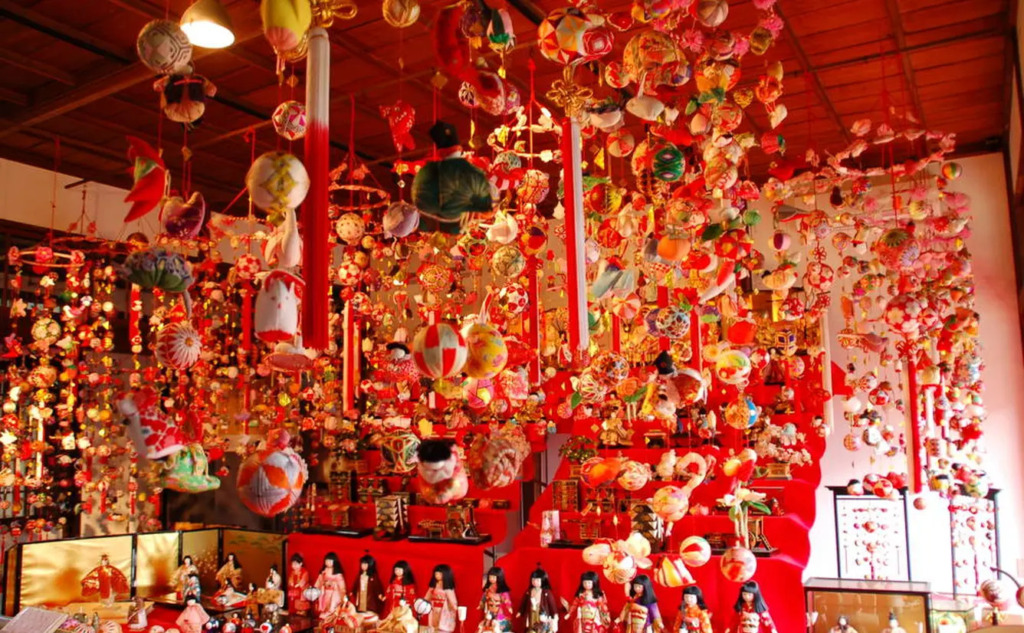
Weather
Some days in February in Fukuoka are a little colder than in January, but the average temperature is still low, ranging from about 4 to 12 degrees Celsius. Nights and early mornings are especially cold, sometimes even below freezing. The weather is often relatively mild during this month, but cold waves can occur, so be prepared for sudden cold spells.
Events
While winter events can still be enjoyed in Fukuoka in February, there are also many events related to Valentine’s Day on February 14. Chocolate fairs and sales of Valentine’s Day gifts are popular at shopping malls and department stores.
Travel
February in Fukuoka is also the last chance to enjoy winter activities. Some of the city’s parks and gardens offer winter-only illuminations. A visit to one of Fukuoka’s hot spring resorts is also a refreshing way to soak in a warm hot spring bath as opposed to the cold outside air. For meals, visitors can enjoy dishes made with local seasonal ingredients, especially oysters and seafood, which are at their best during this season.
February Fashion
When visiting Fukuoka in February, it is important to be prepared for the winter cold. It is necessary to be well protected from the cold with a heavy coat, down jacket, wool sweater, scarf, gloves, and hat. Outerwear to protect against wind is also helpful. Choose non-slip shoes for safe travel. If enjoying the outdoors during the warmer daytime hours, layered styles that are easy to take off and put on are useful.
Hina no Kuni Kyushu! Unique and popular Hinamatsuri

The Japanese “Hinamatsuri” is an annual event held on March 3 to wish for the healthy growth of girls. Gorgeously dressed dolls called “Hina Dolls” are displayed. Kyushu is one of the most popular regions in Japan for Hinamatsuri, and you can see special displays of hina dolls mainly from February to March.
Hina no Sato, Yame Bonbori Festival (雛の里・八女ぼんぼりまつり)
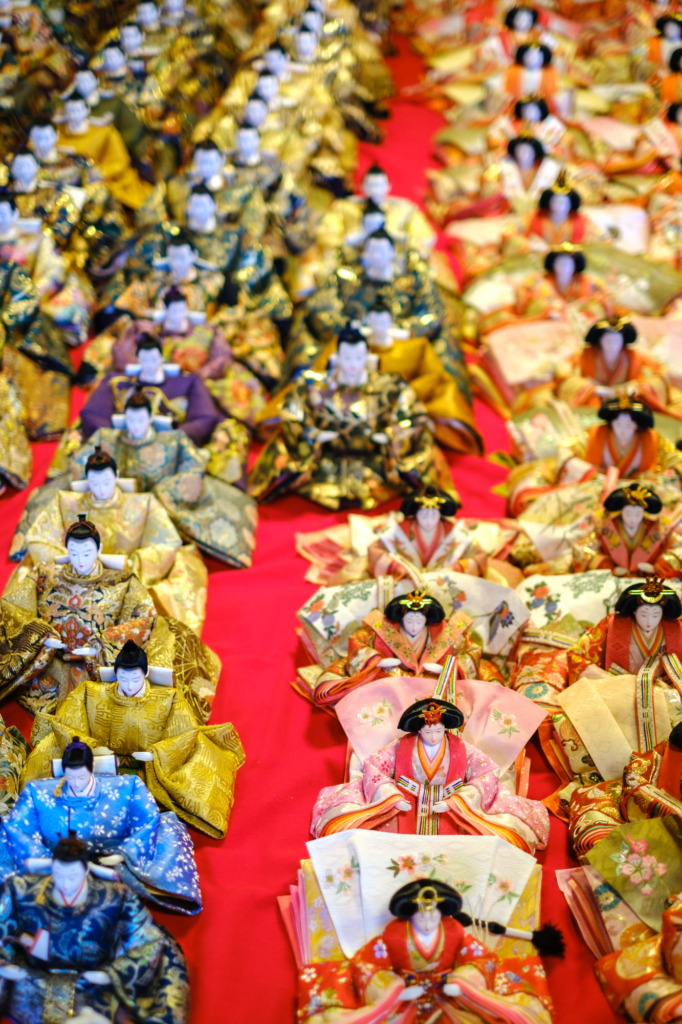
Yame City, a production center of hina dolls, holds the “Hina no Sato, Yame Bonbori Festival” for about a month from mid-February to mid-March every year. About 100 stores and houses display hina dolls from the Edo and Meiji periods (1600-1912) as well as modern-day hina dolls. Please take the time to observe and compare what differences there are between the hina dolls of the past and those of today.
Chikugo Yoshii Ohinasama Tour(筑後吉井おひなさまめぐり)

The “Chikugo Yoshii Ohinasama Tour” will be held from mid-February to mid-March in Yoshii Town, Ukiha City. In Yoshii Town, an unusual Ohinasama called “Okiage” is displayed, making this event perfect for those who want to see a unique display.

“Okiage” are handmade by women of each family, based on the theme of Ohinasama, Kabuki, and Ukiyoe. They are made by wrapping cotton with strips of kimono and pasting them together. The charm of okiage is its handmade cuteness.
Gourmet oysters are recommended for February!
February is the time of year when Fukuoka oysters are in season. Fukuoka’s oysters are characterized by the large size and rich flavor of each oyster. During this season, many tourists visit oyster houses to taste fresh oysters grilled on the spot. You can also enjoy grilled, steamed, or raw oysters in a variety of ways. Please take this opportunity to taste Fukuoka’s fresh oysters.
Oyster House Maruhachi(カキハウス マルハチ)

Many oyster houses line Funakoshi Fishing Port in Itoshima City, but we recommend the large oyster house Maruhachi for those who want to aim for a classic without missing a beat. Here you can enjoy Itoshima’s winter specialties, oysters, tiger prawns, turban shells, scallops, and other seafood grilled over a charcoal fire with great gusto.
Another feature of the menu at Oyster House Maruhachi is its wide selection of rice bowls. You can enjoy salmon roe bowls, squid bowls, etc. at reasonable prices. The restaurant’s location with a view of the ocean is another reason for its popularity.
“Buzen Hitotsubu Oyster” Oyster Festival(「豊前海一粒かき」のかき焼き祭り)
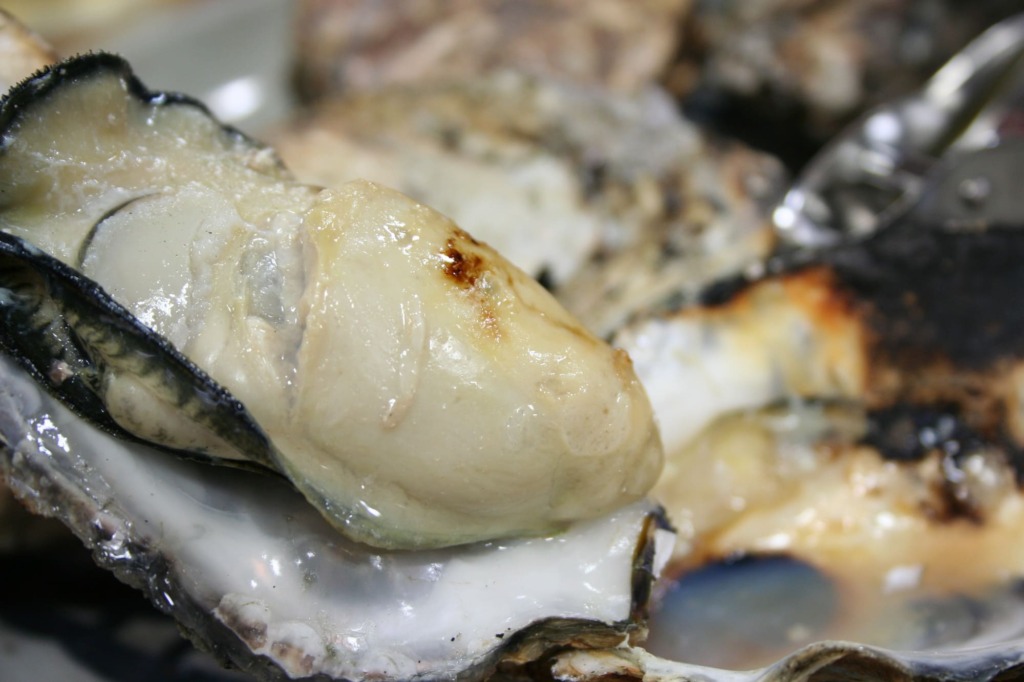
The fashionable Mojiko Port Retro, where the architecture of the past still remains, will host the “Oyster Festival of Buzen Sea Single Oysters. The event is usually held in February, and is a winter tradition in Mojiko.
Many grilling tables are set up in the central plaza of Mojiko Port Retro, where you can grill and taste Fukuoka’s brand oysters “Buzen Hitotsubu Oyster” on the spot. You can enjoy grilled oysters in a perfect location overlooking the Kanmon Straits. There is also a corner selling dishes and processed products made from local ingredients.
Oyster House at Bayside Place Hakata(ベイサイドプレイス博多のかき小屋)
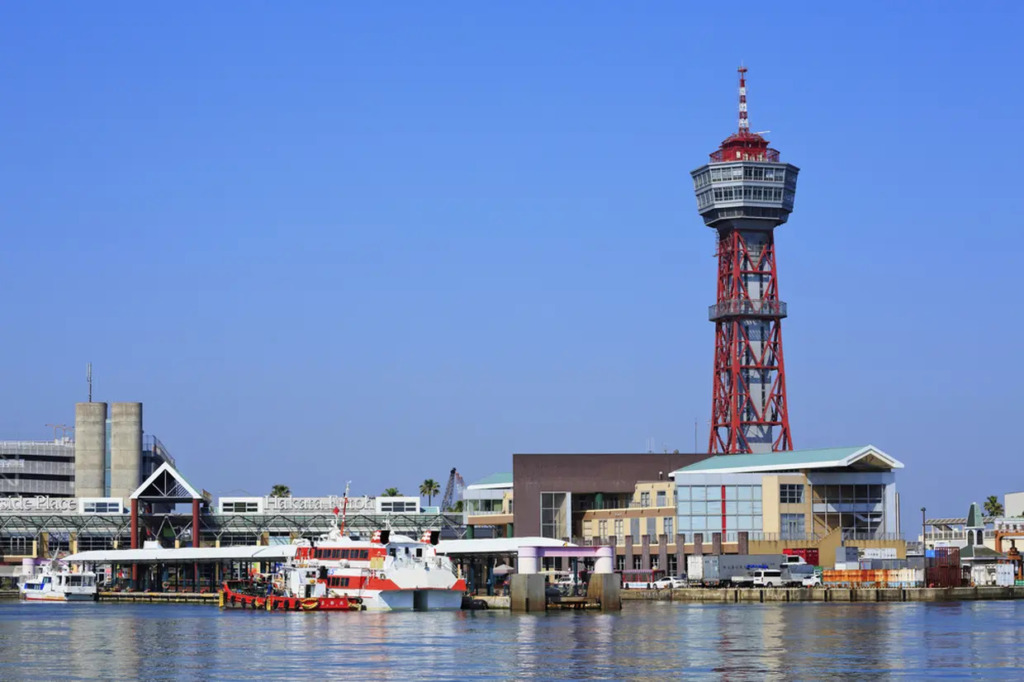
Bayside Place Hakata usually hosts an oyster shack event from November through March. The menu features not only seasonal oysters, but also scallops, shrimp, meat, fried dishes, and sake, as well as a variety of course and set menus.
It is also conveniently accessible as it is only a 15-minute drive from Fukuoka Station. This event is recommended for those who want to eat plump oysters while enjoying a view of the sea.
Visit shrines and temples for photo opportunities
There are various shrines and temples in Fukuoka, and many people travel to Fukuoka for them. Especially in February, there are many ways to enjoy the beautiful natural scenery and unusual events held at each shrine. Why not take a picture of the shrine only at this time of the year?
The “Path of Light” at Miyajitake Shrine(宮地嶽神社の「光の道」)

Miyajitake Shrine in Fukutsu City is famous for its spectacular view called “Hikari no Michi. The “Path of Light” is a scene where the setting sun illuminates the mountain path and turns it orange. This can only be seen during the short months of February and October of the year. It is a truly spectacular sight created by nature, as it depends on the weather.
In order to see the “Path of Light,” one must either secure a free seat on the grounds of the shrine or a special seat for prayers. For more information, please see the news listing on the official website.
Official website: https://www.miyajidake.or.jp/
Plum blossoms at Dazaifu Tenmangu Shrine (太宰府天満宮の梅)

Dazaifu Tenmangu Shrine is dedicated to Sugawara no Michizane, known as the god of learning. Dazaifu Tenmangu Shrine is at its most spectacular in February, when the ume plum trees are in full bloom. About 6,000 ume trees of about 200 varieties are planted on the shrine grounds, and the best time to view them is usually in mid-February.
The “Tobiume” tree, the sacred tree (the tree dedicated as a deity), is the first to bloom in January, and various types of plum trees are in full bloom until early March. In addition, the “Plum Blossom Ceremony” is held every year on February 25, the anniversary of Sugawara Michizane’s death.
Otafuku mask of Kushida Shrine (櫛田神社のお多福面)
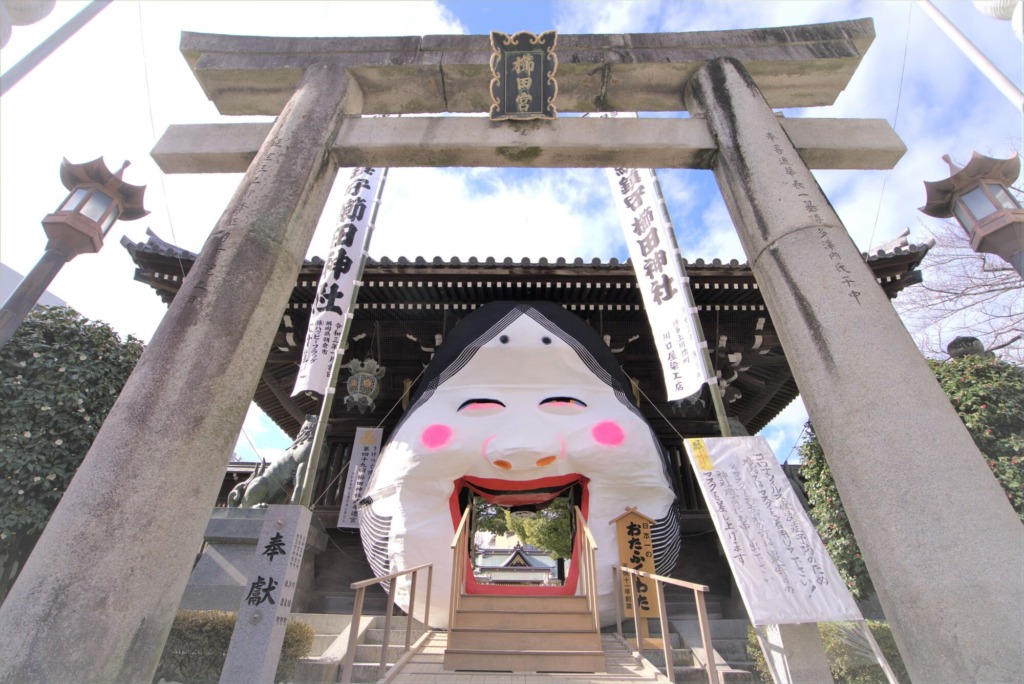
Kushida Shrine is located in Hakata Ward, Fukuoka City. Here, “Otafuku masks” are displayed with great impact around Setsubun in January and February. Setsubun is a traditional Japanese event held every year on February 3. It is held to ward off evil spirits at the change of seasons from winter to spring, and people throw beans with the call of “Oni wa soto, Fuku wa uchi”.
The Otafuku mask of Kushida Shrine is the largest in Japan at 5.3 m high and 5 m wide. It is said that if you visit the shrine through the wide open mouth of the Otafuku mask, you will be blessed with prosperous business and family safety.

